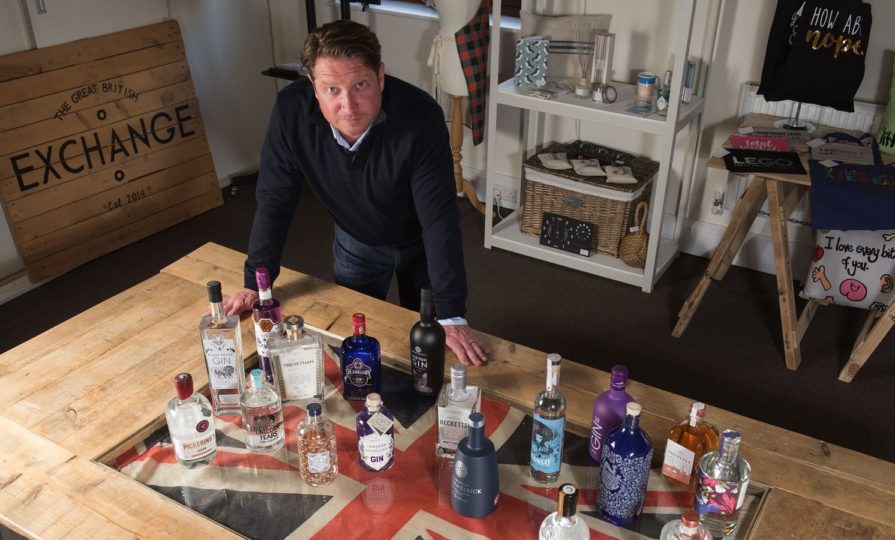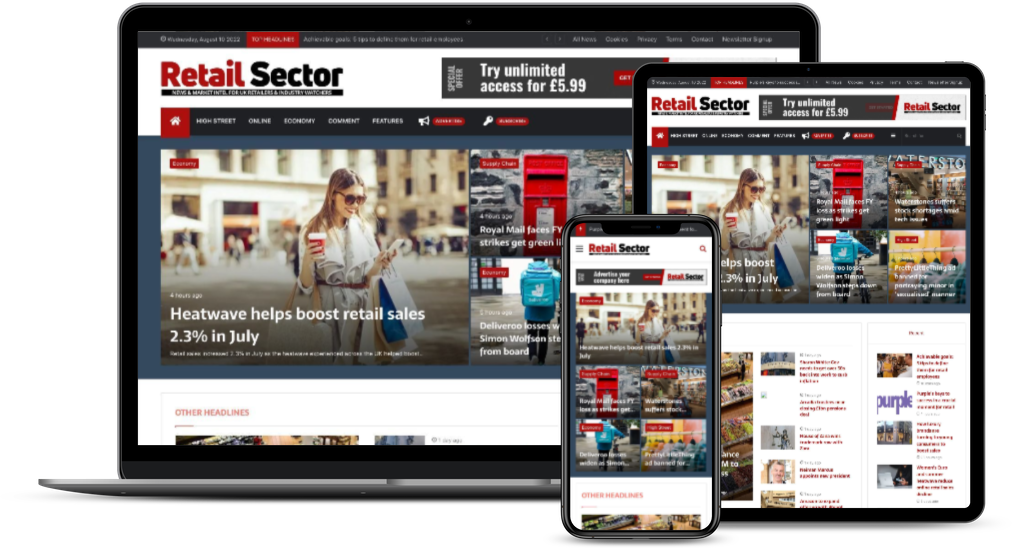Are physical stores still relevant?

Every week seems to bring yet another breaking news story about failing retailers and mass store closures. So much so that it would be easy to assume that bricks-and-mortar retail is on its way out.

Join 15,000 retail professionals with a membership
Get unlimited access and stay in the know. First-year special offer pricing. Cancel any time.
You have read 2/2 free articles this month.

How many members should have access to the subscription?
Monthly
Yearly
Save £9.89
No, thanks
I already have an account

Every week seems to bring yet another breaking news story about failing retailers and mass store closures. So much so that it would be easy to assume that bricks-and-mortar retail is on its way out.